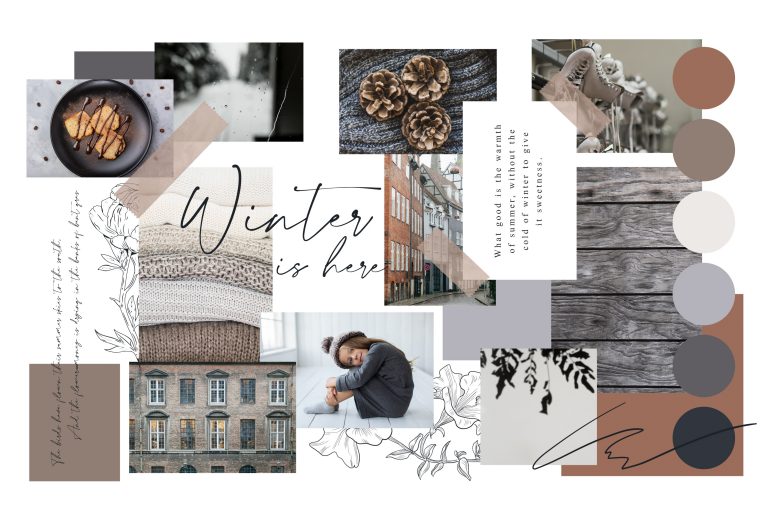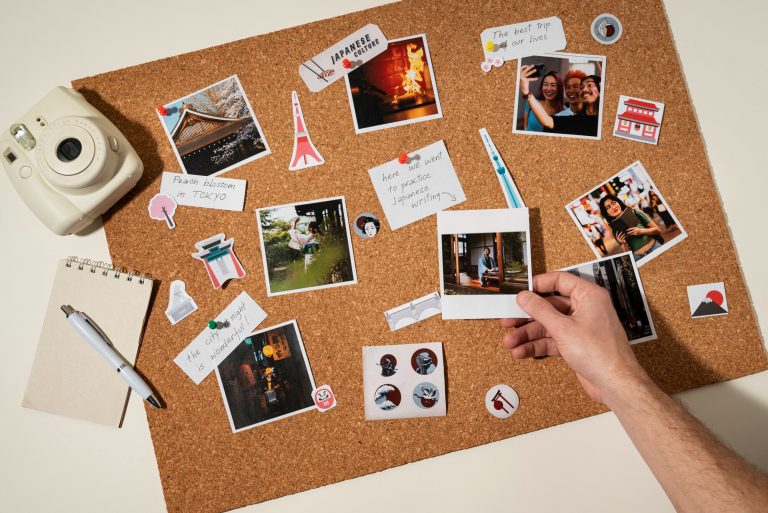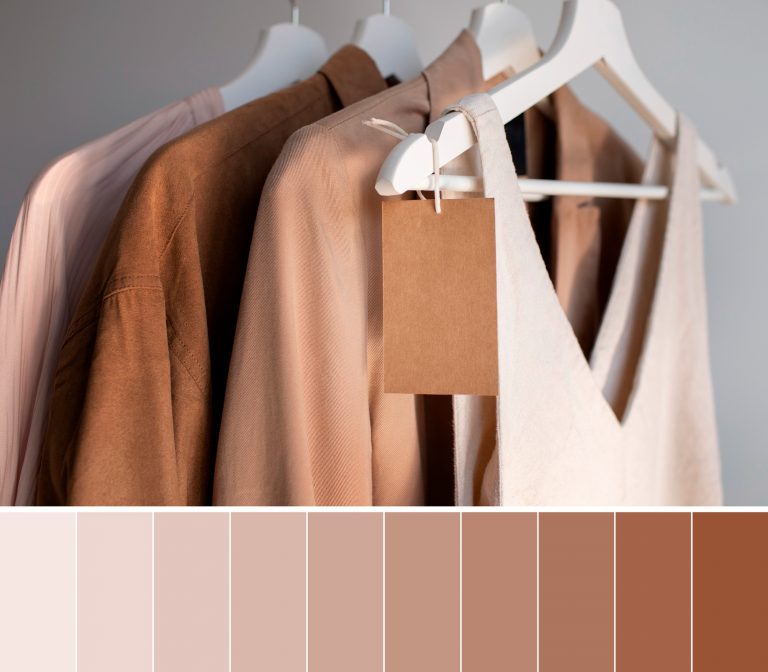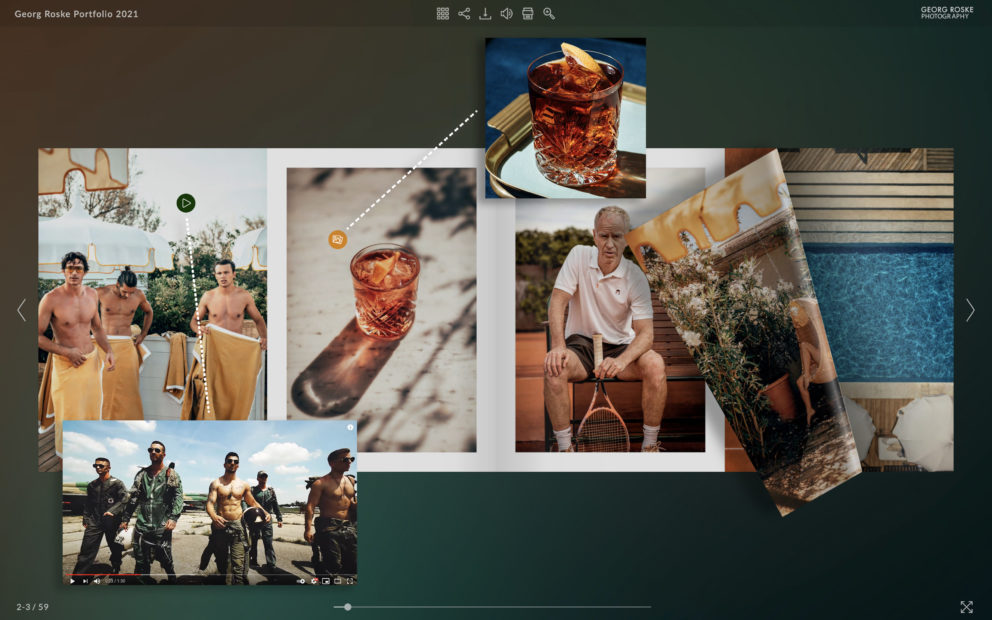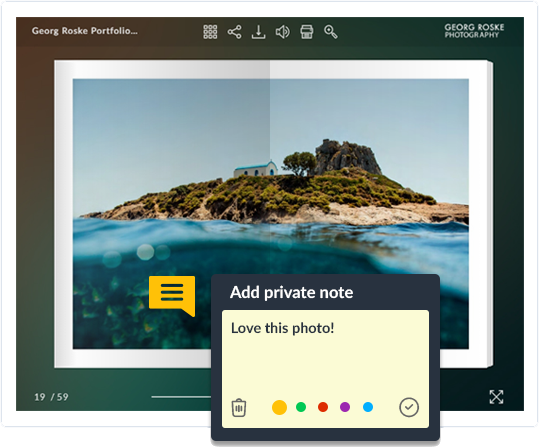What is a mood board and why do you need one?
Have you ever struggled to showcase your creative vision or find the right visual inspiration for a project? Or perhaps you’ve found yourself overwhelmed by a flood of ideas, unsure of where to begin?
In either case, mood boards could be the perfect solution. A mood board is a type of visual organizer that can help bring your ideas and emotions to life. Whether you’re a young artist, part of a design team, or simply looking for a fun activity to do with bored children, a mood board can provide context and structure to your creative endeavors. You can create a physical mood board or take it a step further by using a presentation creator . This way, you can present your mood board more effectively and in an attractive format.
In this article, we’ll explore what mood boards are and why they are so valuable in the creative industry.
What is a mood board?
A mood board is a visual tool used to collect and convey ideas and concepts. It typically consists of a collage of various images, notes, patterns, color palletes, and text elements that work together to represent a project’s mood, style, and color palette.
Mood boards in many companies are often created at the beginning of a project during the brainstorming phase when the team’s first ideas or visual concepts for a project need to be communicated. Since a mood board can showcase the mood of the main project, mood boards can help creative people get their creative juices flowing and provide a guideline for the design team. Mood boards serve as a handy-dandy cheat sheet for your designers – you showcase design ideas and other visual elements and your people know on which visions they can base their work during the project.
Private people can use them to find inspiration and make sense of an idea, plan something independently, or to showcase their entire creative process. Inspiration boards can be used by both professional designers and independent artists or creatives.
Guide to creating mood boards
To
create a mood board , start by determining the project’s theme, style, and color scheme. Collect images, patterns, and colors that align with these elements, and then arrange them into a collage using a tool like Canva or Pinterest. Once it’s complete, you can export it as a PDF
flipbook using Publuu multimedia presentation maker and showcase it to the world, enhancing it by adding interactive features, such as audio, videos or photos- just with a few clicks.
Alternatively, you can create a physical mood board by cutting out images from
magazines or printing them out and arranging them on a board. Segmenting your mood board into smaller categories, like color or texture, can also help you refine your ideas and create a more cohesive mood board.
For example, if you’re designing a new logo, you might create a brand mood board with images of logos you like, colors that align with your brand, and patterns or textures that complement the overall style you’re going for. By creating a mood board, you’ll have a visual representation of your project vision and crucial design elements that can guide your creative process and help you communicate your ideas effectively to your team or clients.
Why use a mood board?
A mood board can help you stay focused, communicate your ideas effectively using visual language, and create a cohesive final product.
Mood boards are a useful tool for any creative project, as they help communicate visual concepts, design elements, and ideas that may be difficult to express verbally. They can also serve as a compass for the consistency of a project’s look and feel, helping to define the project’s direction and remind team members of the original intent.
By creating a mood board, you can share your vision with clients and team members and establish a foundation on which to base the following production steps, such as a storyboard. With graphic design it’s important to provide your creative team with visual directions.
Additionally, a mood board can help you pitch and communicate your project successfully with potential clients or investors, as it provides a clear and concise representation of your project’s concept. For instance, if you’re working on a video game, you can use mood boarding and use existing art to provide inspiration for character design for your artists.
For example, imagine you’re a fashion designer working on a new collection. By creating a mood board, you can gather images and colors that inspire your designs, helping you to refine your vision and convey it to your team. The mood board can serve as a reference point throughout the design process, ensuring that all pieces align with your vision and maintain a consistent aesthetic. When it comes time to pitch your collection to potential buyers, you can share your mood board using Publuu interactive presentation to help them understand the concept and direction of your designs.
Why do you need a mood board?
Creating mood boards can be a useful tool for improving mental health, expressing emotions, and providing inspiration and motivation for personal and professional projects.
It’s a good idea to start with a mood board when you’re struggling with a concept, an idea, or a sensation that’s too difficult to express verbally. Mood boards can be used to express yourself when words alone aren’t enough, or if you find that you express yourself better visually.
You can also use a mood board to make a presentation to your potential investors in a form of
pitch deck , that way you will showcase your intentions and idea for the project itself on the early stage.
Making a mood board can assist people in finding joy, solitude, quiet, and peace for themselves. It grants an artist creative freedom as a workshopping or relaxation tool.
But most importantly, a mood board can serve as a physical source of inspiration for what you wish to achieve. A moldboard can guide your plans and help you see them through.
Physical vs. Digital Mood boards: What’s the Difference?
Most mood boards are traditional collages – not necessarily on wooden boards. Many people just take a sheet of paper and make notes or stick photos or stickers in various shapes. But more people use digital mood boards, simply because it’s less work than physical boards.
The digital mood board
A digital mood board is created on a digital device such as a computer, tablet, or smartphone. It is typically created using digital software or online tools that allow the user to gather and arrange digital images, graphics, and text to create a visual representation of their ideas or inspiration. A digital mood board can be easily shared and edited, making it a convenient option for remote collaboration or sharing with others.
Using software like Adobe express makes sense – and you can use many mood board templates available in the app. When your digital mood boards are finished, you can export them to PDF and publish them online as an interactive presentation. Publuu allows you to add multimedia elements, like videos, animated gifs, interactive links, photos and more tools that can enrich your digital mood boards. It’s a great way to create a beautiful moodboard and it’s also a great way to share that board with coworkers or your remote team.
You do not need to double-check with the member of your team wheter they have viewed the flipbook. You can use tracking links, to be notified once your multimedia presentation has been opened or still hasn’t been viewed. Additionally, these links will let you have insights of how the person interacted with your flipbook.
Your colleagues can also leave private notes on your mood board to make sure that no piece of information or an idea slips out.
The physical mood board
They call them mood boards because they’re based on actual foam boards where you could pin stuff. A physical mood board is a 3-dimensional collage of images, textures, and other design elements that are arranged and displayed on a physical surface such as a board or wall. It can be created using materials such as magazine cutouts, fabrics, papers, and other tangible objects. It looks great, but it’s unfortunately also quite hard to prepare, so most mood boards moved from the physical world to the digital one.
Summary
Overall, mood boards are a great way of expressing yourself, whether you're an artist, fashion designer or you're looking for the best interior design options. They can also be used to help your colleagues in the creative fields to better communicate and understand the concept of the project ahead. You choose if you're either going to create a physical or digital mood board- the most important factor in sharing your work is accessibility for others.
You may be also interested in:
